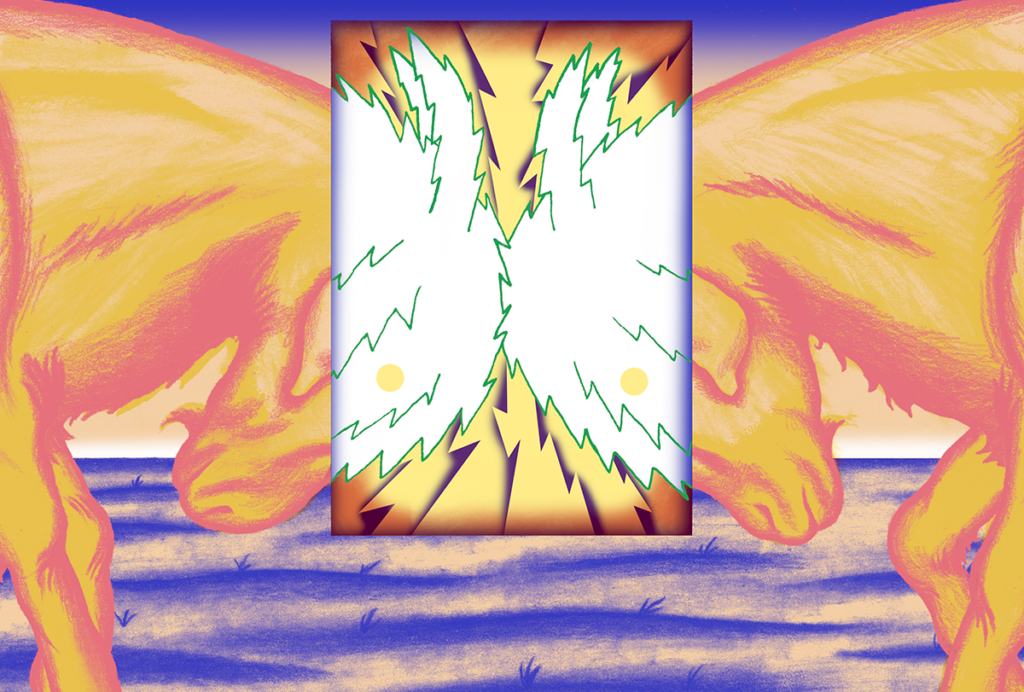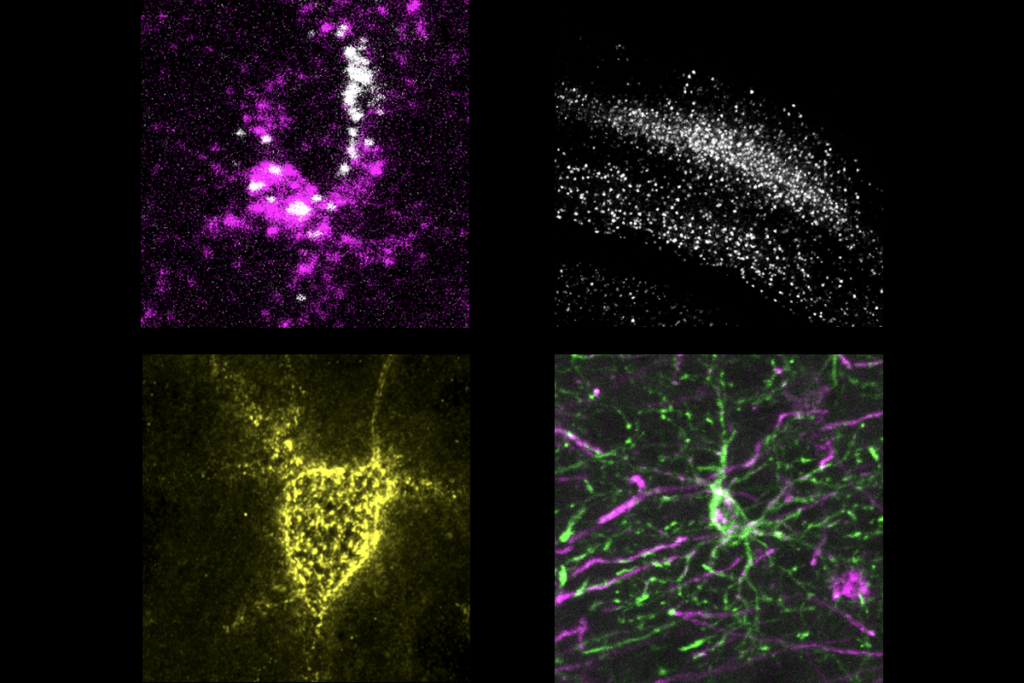Siri Carpenter is an award-winning science writer and editor based in Madison, Wisconsin. Her work has appeared in The New York Times, The Los Angeles Times, The Washington Post, O: the Oprah Magazine, Science, Scientific American Mind, Science News, and many other publications. She’s first author on the psychology textbook Visualizing Psychology (John Wiley & Sons, 2007). She is also co-founder and editor-in-chief of The Open Notebook, a nonprofit organization and website that provides resources to help science journalists improve their skills.
Siri Carpenter
Freelance Writer
Spectrum
From this contributor
The children who leave autism behind
Some children shed the symptoms of autism and eventually lose their diagnosis. What sets them apart?
Explore more from The Transmitter
Alex Maier argues that a scientific explanation of consciousness requires grounding in formalized mathematics
When it comes to discovering laws of nature for consciousness similar to those in physics, Maier argues that integrated information theory is the only game in town.
Alex Maier argues that a scientific explanation of consciousness requires grounding in formalized mathematics
When it comes to discovering laws of nature for consciousness similar to those in physics, Maier argues that integrated information theory is the only game in town.
Neuro’s ark: How goats can model neurodegeneration
Since debunking an urban legend that headbutting animals don’t damage their brain, Nicole Ackermans has been investigating how the behavior correlates with neurodegeneration.

Neuro’s ark: How goats can model neurodegeneration
Since debunking an urban legend that headbutting animals don’t damage their brain, Nicole Ackermans has been investigating how the behavior correlates with neurodegeneration.
Astrocytes stabilize circuits in adult mouse brain
The glial cells secrete a protein that suppresses plasticity post-development.

Astrocytes stabilize circuits in adult mouse brain
The glial cells secrete a protein that suppresses plasticity post-development.
